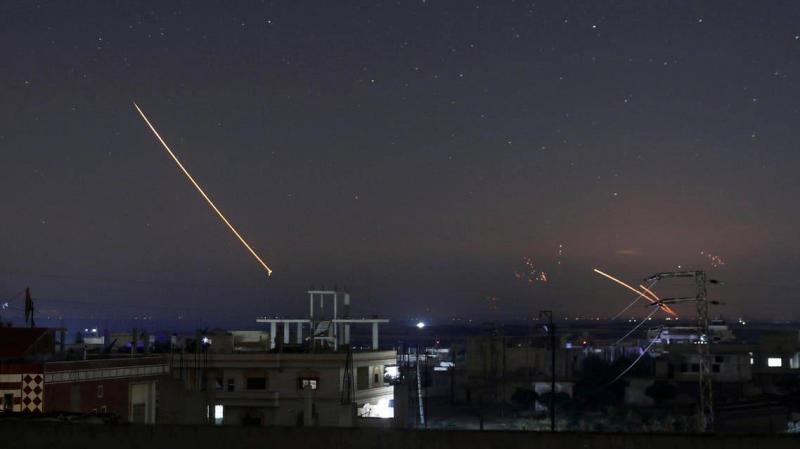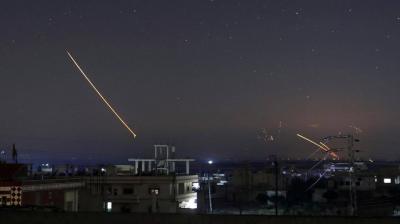Under the title "Green Light for Israeli Strikes: Russia Hinders Iran's Expansion in Syria," the Al Arabiya website reported that the Israeli airstrikes that occurred on Wednesday evening targeted new positions of the Lebanese Hezbollah militia in the Homs Governorate, located in central Syria, as well as other areas in its countryside. The strikes highlighted a series of recent attacks against the militia over the past six months, approximately since the beginning of this year, and shed light on the relationships between the parties on the ground.
Since the beginning of the year, Israel has carried out more than 14 attacks, whether through missile strikes or airstrikes, resulting in the injury and destruction of about 41 targets, including buildings, weapons and ammunition depots, headquarters, centers, and vehicles. These attacks have seen either Russian silence or, at best, indifference.
The recent strikes were the second within just a week, killing at least five Iran-aligned fighters in an Israeli attack on their positions in Aleppo Governorate in northern Syria the previous Monday. Additionally, these strikes over the past six months have resulted in approximately 104 deaths, distributed over around seven attacks on Damascus and its countryside, three attacks on Quneitra, two on Hama, and one each in Deir ez-Zor, Sweida, Latakia, Homs, and Aleppo. On one occasion, several areas were targeted in a single day, according to the Syrian Observatory for Human Rights.
**With Russian Green Light**
Israeli bombardments typically focus solely on Iranian militia sites and result in the destruction of weapon, missile, and ammunition storage facilities. According to the Observatory, this bombardment occurs with a Russian green light, as Moscow does not object to Israel targeting Iranian militia sites in Syria. Instead, it views these strikes as a significant factor in limiting Iran's role in the country. The differing strategies between Moscow and Tehran have led to a competition that has become clear to all parties despite their denials.
The differing economic objectives of each party, along with the Russian silence regarding Israeli attacks on Syria and the attempts of some armed groups loyal to Tehran to establish a presence in Latakia Governorate, have triggered a form of confrontation between them. This tension has resurfaced recently, especially concerning recruitment operations in certain areas. Both sides utilize local groups to achieve their goals and force one another to make concessions in the end.
**No to Cementing Iranian Presence**
Israel rarely confirms carrying out strikes in Syria; however, the military reported in its annual statement that it targeted around 50 sites in Syria during 2020, without providing further details. Nevertheless, Israel consistently asserts that it will continue to counter what it describes as Iran's attempts to cement its military presence in Syria.
**Destruction of Weapons and Ammunition Depots**
It is noted that, according to recent information, the Israeli strikes last Wednesday night targeted military sites belonging to the militia, specifically in the area of the Dabaa military airport and Qusair in western Homs, along with other points of the same militia in the eastern countryside of Homs, as reported by the Syrian Observatory for Human Rights. The attacks managed to destroy weapons and ammunition depots, amid confirmed reports of casualties in the bombardment conducted from Lebanese airspace. While violent explosions were reported in the vicinity of Homs, the Syrian regime announced that its defenses intercepted what it described as hostile targets early Thursday.




